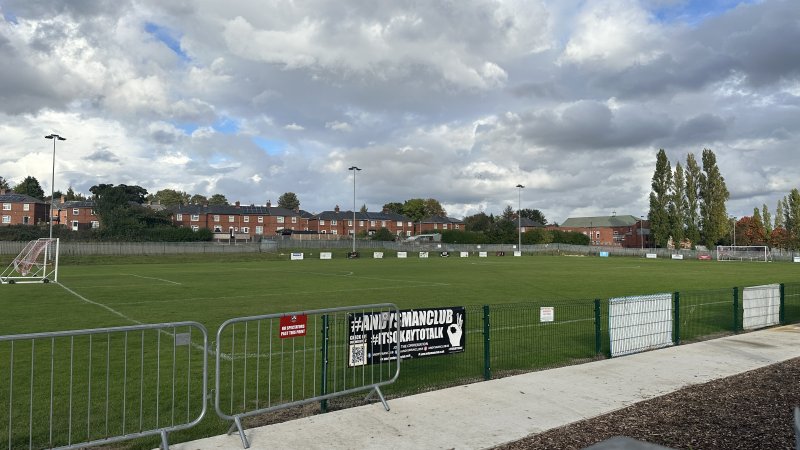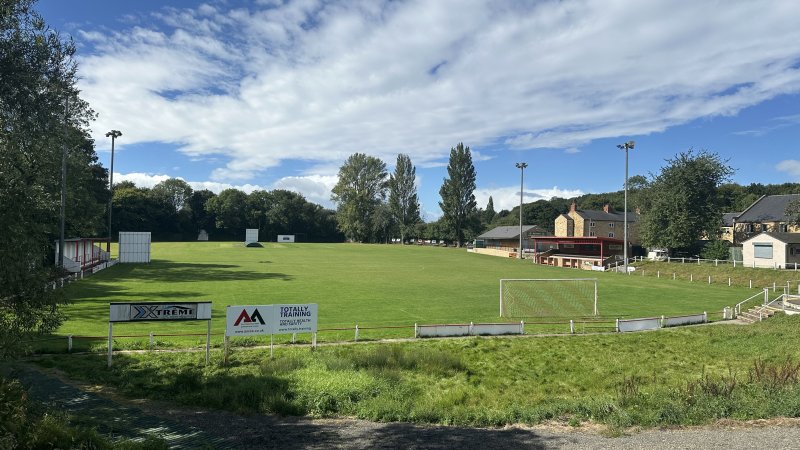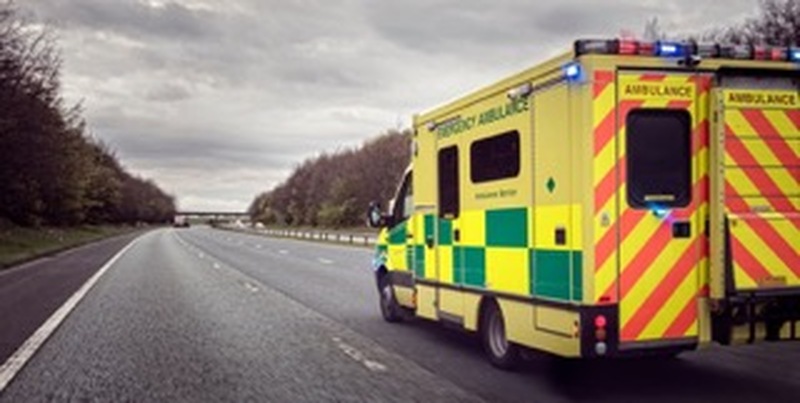A CAMPAIGN has drastically lowered the time it takes residents experiencing stroke symptoms to arrive at hospital - but people who ‘don’t want to bother health professionals’ are still taking more than eight hours to seek medical help.
Last November, the council and its partners launched the local stroke campaign after it was revealed that the town’s data is significantly worse than the national average for all stroke indicators including hospital admissions for stroke and stroke mortality.
Higher rates of risk factors for stroke in Barnsley will contribute to this.
Important stroke risk factors include high blood pressure, diabetes, smoking, irregular heartbeats, and high cholesterol.
As such, services that help people to stay active and healthy, reduce exposure to risk factors and detect risk factors early are vital to help reduce strokes in Barnsley.
A report which will be discussed on Tuesday by councillors, states: “The idea for a local stroke campaign was to use voices and experiences of Barnsley stroke survivors to raise awareness about the symptoms of stroke in their own words and the importance of timely presentation.
“The call to action was to call 999.
“The campaign involved local people who had previously experienced a stroke and their families in order to best resonate with other residents.
“The volunteers for the campaign agreed to be filmed talking about their experiences to show that stroke could happen to anyone and that symptoms can be wide ranging and described in different ways.”
The project has been successful in reducing the amount of time locals take to go to hospital after experiencing symptoms - but there’s still concern that people aren’t seeking help due to the ‘stoic’ nature of residents.
The report added: “When the Barnsley stroke campaign started in November 2023, median time from symptoms to hospital arrival decreased from 14 hours 33 minutes to eight hours and in the last two quarters have been following the same trend as Rotherham.
“This could suggest an increased public awareness of symptoms and need for calling the ambulance in a timely fashion at initial campaign launch, though time has increased again in the most recent time period.
“Barnsley has generally a lower percentage of patients arriving by ambulance than other local hospitals.
“When the campaign started, the percentage of patients arriving by ambulance at Barnsley Hospital increased from 58 per cent to 66 per cent and the percentage difference between Barnsley and other places narrowed.
“However, this number has fluctuated over the past few years and there is no consistent trend.
“It could be suggested that as part of the stoic culture in Barnsley, residents may feel like they do not want to bother healthcare staff.
“Professional opinion suggests that this may stop them from calling 999.
“The lower percentage of people calling ambulances in Barnsley was a central feature in the stroke campaign.”
Barnsley Hospital’s Acute Stroke Unit has around 14 beds, with care provided by a multi-disciplinary team that includes specialist doctors, nurses and therapists.
From November 2023 to October 2024, 230 people were admitted to the hospital with a stroke.
Bosses are urging those who feel they may be experiencing a stroke to call 999.
“Acting fast on new symptoms of stroke is vital. To reduce the damage caused by a stroke and potentially save lives, treatment needs to occur as soon as possible,” the report added.
“If a stroke due to a blood clot in a brain vessel is diagnosed early, patients may be able to receive clot-busting medication (thrombolysis) at a Hyper Acute Stroke Unit (HASU).
“HASUs are specialist units which can offer this treatment 24 hours a day, seven days a week.
“They are larger with more specialised facilities and staffing and can receive patients who live in other areas but need specialist treatment.
“Ideally thrombolysis needs to be given within four-and-a-half hours, as per guidelines by NICE (National Institute of Clinical Excellence).
“Therefore, it is vital that people call 999 if they suspect a stroke.”


























